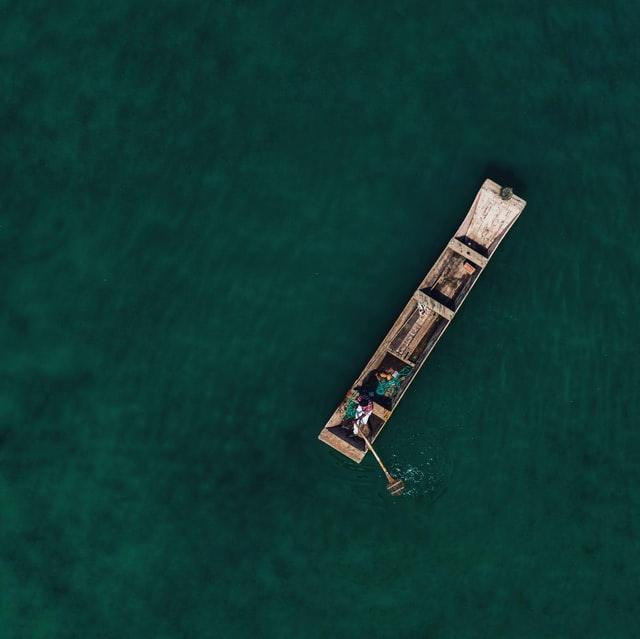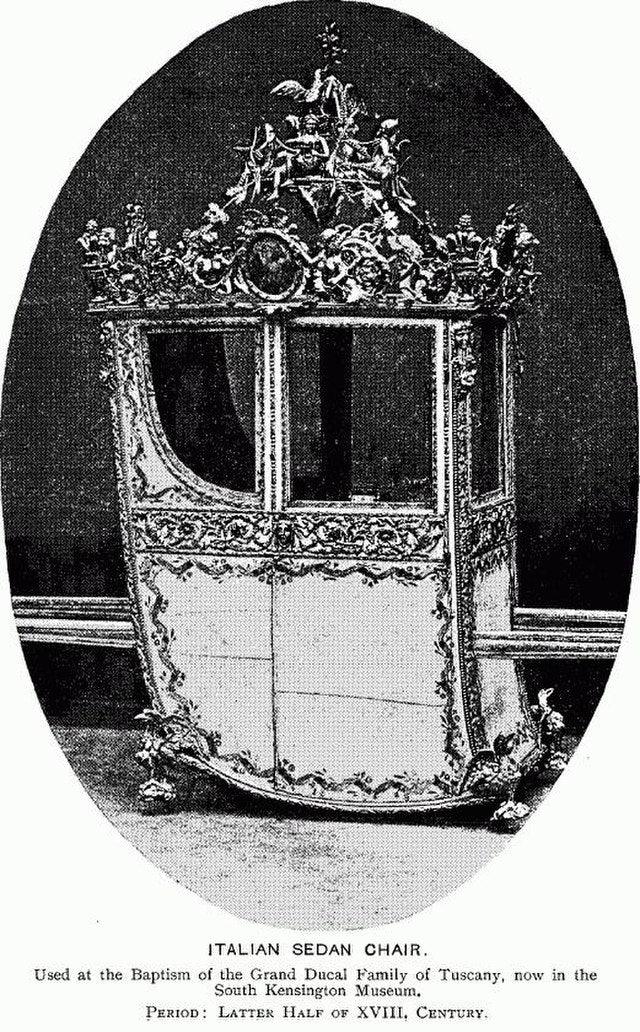Ferry Service on the Thames
 Until the Putney Bridge was built in 1729, the only means by which to cross the River Thames was by London Bridge or by boat. Watermen were employed in great numbers to row people, goods and equipment around London in boats known as wherries. Wherries were small open rowing boats used originally to carry passengers on the tidal reaches of the Thames. Noted for their great speed, wherries were sometimes called "light-horsemen". Wherries measured a standard length of 22½ feet, and could take up to five passengers.
Until the Putney Bridge was built in 1729, the only means by which to cross the River Thames was by London Bridge or by boat. Watermen were employed in great numbers to row people, goods and equipment around London in boats known as wherries. Wherries were small open rowing boats used originally to carry passengers on the tidal reaches of the Thames. Noted for their great speed, wherries were sometimes called "light-horsemen". Wherries measured a standard length of 22½ feet, and could take up to five passengers.
Normally a wherry was rowed by two men with long oars. But for cross-river passages and other short journeys it would be manned by a single waterman using short oars or 'sculls'; it was then known as a 'sculler'.
For some time boats were the quickest way to travel any distance in London. Until the Westminster Bridge was built in 1750, Vauxhall Gardens could only be reached by water via a six pence boat ride. Even after the bridge was built the trip to Vauxhall was best made by boat due to footpads stalking the roads. In fact it was quicker to walk than ride in London's narrow, uneven streets, but it was unsafe to walk in many areas.
The Company of Watermen was established by Act of Parliament in 1555 not only to protect the economic interests of its members but also to regulate them and their activities. Queen Elizabeth I granted the company its arms in 1585. Officers empowered to license operators were not elected by members but appointed by the Lord Mayor. Boats and their owners had to bear a number and operate from an approved plying place. The waterman's license attached him to a certain place, usually a dock at the foot of stairs or double stairs leading down from the upper banks of the Thames in the city of London. A call of 'Oars!' from one of the many landing-points on the banks of the Thames would bring the wherry to take you to your chosen destination.
The Company's influence on the Thames stretched from Gravesend to Windsor. Printed tables of fares became an annual publication by the early eighteenth century. By the early 1700s some 10,000 watermen were licensed to work on the Thames above London Bridge. London watermen wore a special livery consisting of a red frock coat with a badge on the sleeve showing the company coat of arms and license number. In 1700 the Lightermen, men who unload cargo from ships and carried it into port by lighter, joined the Company of Watermen. 
London Bridge itself created problems for the watermen. The vast stone piers of the bridge protected by timber created an impediment to the Thames waterflow acting like a partial dam. This caused the water to speed up as it went through the spaces between the piers. At both high and low tides the water became a raging torrent. Passing under the bridge during the perilous tidal periods was know as "Shooting the Bridge." Only an expert waterman could manage the passage of the torrent. Normally the passengers left the boat on the upstream side of the bridge at "The Three Cranes Tavern". (The tavern was named for the three cranes on the Vintry Warf there.) The passengers met the boat again on the downstream side of the bridge at Billingsgate.
Reprinted with persmission Sharon Wagoner, Curator of The Georgian Index. Visit this site for a historical tour through Regency London!



Leave a comment
This site is protected by hCaptcha and the hCaptcha Privacy Policy and Terms of Service apply.